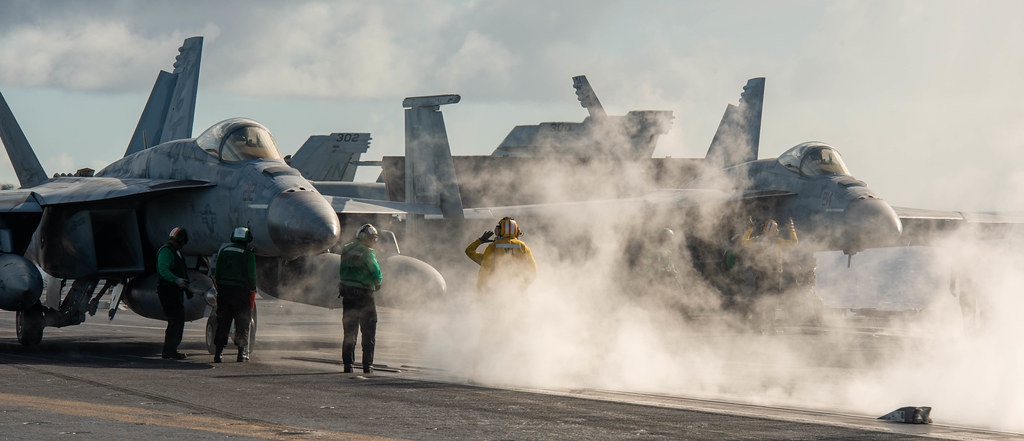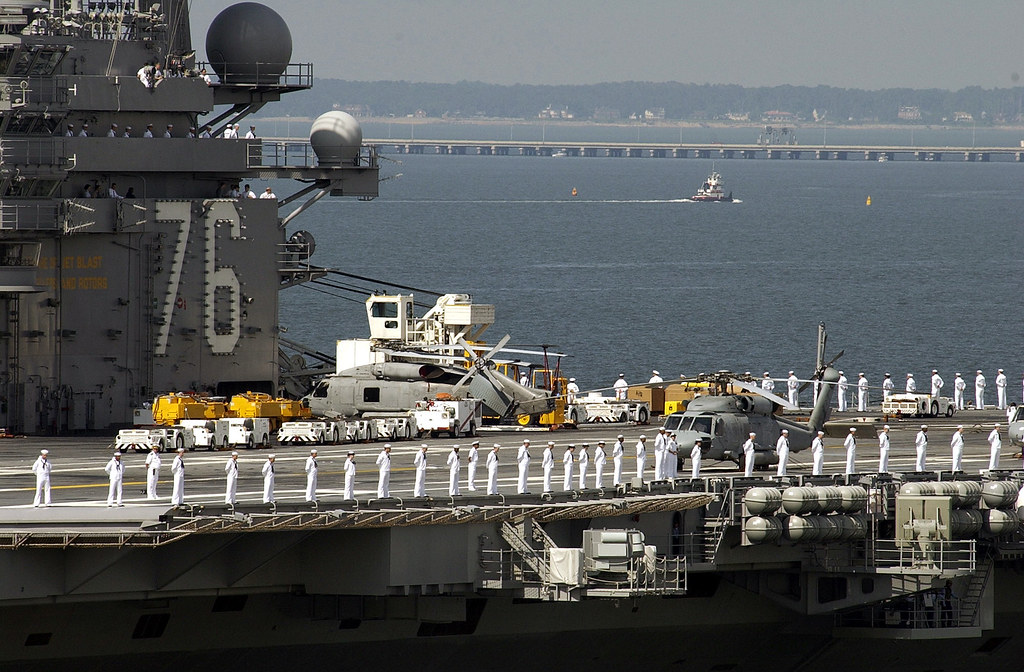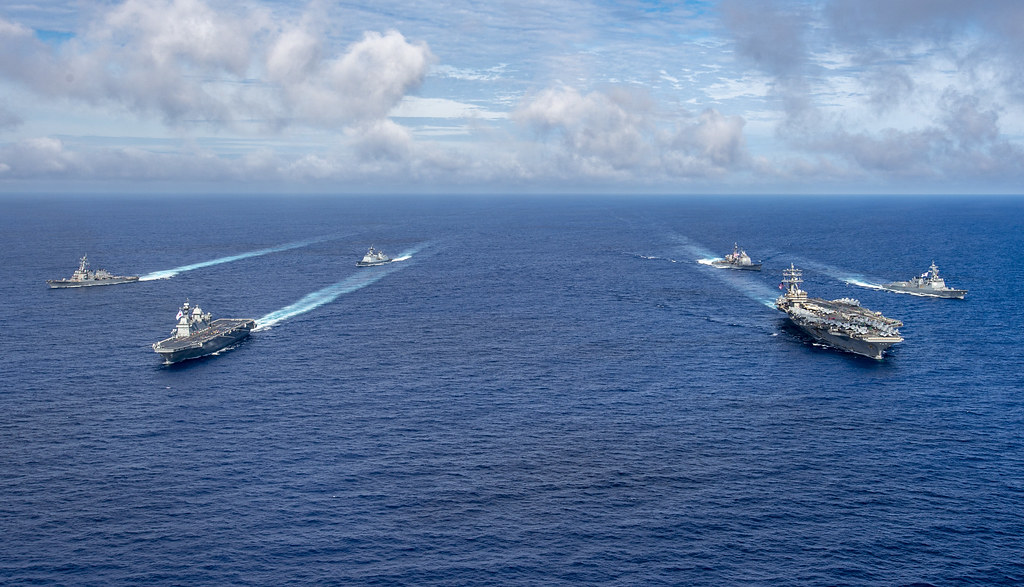
Naval aviators are revving up for a critical series of carrier landing exercises on the storied Iwo Jima grounds in what marks the USS Ronald Reagan’s final training ahead of its strategic relocation.

For 11 demanding days, from May 9 to May 19, pilots from Marine Corps Air Station Iwakuni will engage in rigorous touch-and-go landings—a mandated preparation before setting sail with the Reagan for its yearly patrol.

It’s a tradition dating back to 1991 that this year takes on additional significance with the looming homeport shift of the USS Ronald Reagan to Puget Sound Naval Shipyard in Bremerton, Washington, this summer.

The process is as exacting as it is hazardous, demanding at least six sorties from seasoned pilots — half by day, half by night. Junior pilots face an even steeper challenge, potentially executing a dozen or more of these complex maneuvers.

This year’s drills, set against the stark history of Iwo Jima, mirror the island’s historical resonance.

The USS Iwo Jima (LHD 7), christened in honor of the formidable 1945 battle where American forces famously claimed victory, serves as a poignant reminder of the fortitude and sacrifice imprinted on these grounds.

With nearly 7,000 Americans and more than 20,000 Japanese casualties, the battle’s legacy is as formidable as the training the naval aviators undertake.

The necessity of these exercises echoes through time, with Fleet Adm. Chester W. Nimitz’s words, “Among the Americans who served on Iwo Jima, uncommon valor was a common virtue,” capturing the spirit expected of the aviators who now take to the skies in training.

This formidable undertaking is not just about maintaining operational readiness; it’s a testament to the alliance between the United States and Japan under the Mutual Cooperation and Security Treaty.

As Carrier Air Wing 5 pilots take to their F/A-18 Super Hornets, EA-18G Growlers, and other fixed-wing aircraft, they are keenly aware that Iwo Jima’s remote location presents unique challenges.

In the event of adverse weather or other unexpected circumstances, alternative sites like Yokota Air Base or Misawa Air Base stand ready to ensure that this essential training concludes successfully.

But the future looms large, as Japan’s Defense Ministry has greenlit the construction of a $1.6 billion base on Mageshima for future carrier landing practices. Slated to be completed by 2027, this new facility promises to support the continuity of such vital preparations.

Meanwhile, the USS George Washington is making waves en route to its new homeport with the 7th Fleet, following its deployment to Central and South America.

This transition emphasizes the evolving landscape of naval strategy as forces reposition to confront new horizons.

As the pilots perfect their landings on Iwo Jima’s hallowed terrain, they carry forth a legacy of valor, precision, and partnership, ensuring the USS Ronald Reagan’s final training on these grounds is as formidable as its historic backdrop.

